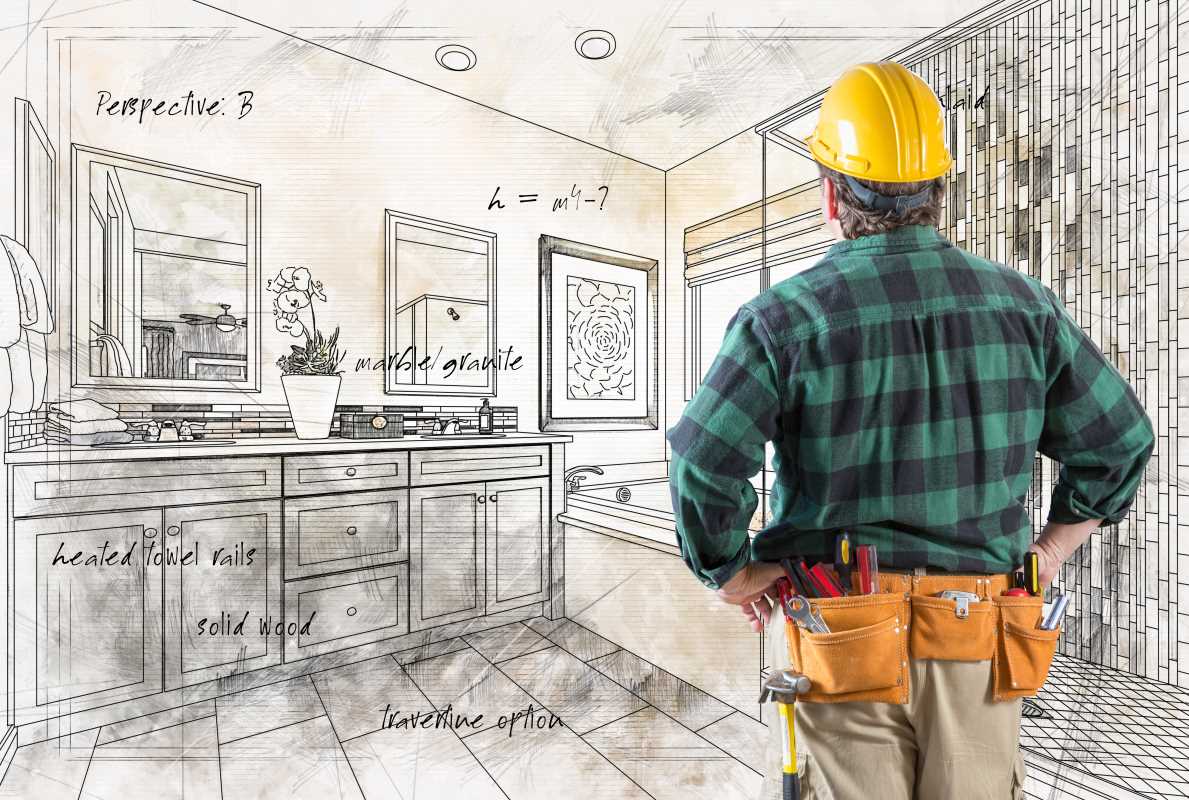Pets bring an incredible amount of love and joy to a home, but for families managing allergies or immune conditions, they also bring a unique set of challenges. Dander, fur, and even the dust pets track inside can trigger allergic reactions or make it harder for individuals with weakened immune systems to stay healthy. However, having a pet doesn’t have to come at the cost of your family’s well-being. With the right precautions and cleaning strategies, you can create a safe, pet-friendly environment that works for everyone.
This guide will provide practical tips for pet-proofing your home to reduce allergens, maintain cleanliness, and keep your household healthy.
Understanding the Problem
Before making changes, it’s important to understand how pets affect indoor environments and potentially impact allergies or immune health.
How Pets Trigger Allergies
Pet allergies are typically triggered by proteins found in an animal’s skin cells (dander), saliva, or urine. These proteins can settle on fur, furniture, and other surfaces, where they mix with dust and circulate through the air.
Common symptoms of pet allergies include:
- Sneezing or runny nose.
- Itchy, watery eyes.
- Skin redness or hives.
- Worsened asthma or respiratory issues.
Immune Considerations
For individuals with immune conditions, exposure to bacteria, parasites, or viruses carried by pets can increase health risks. While pets often contribute to a healthy microbiome for most people, those with compromised systems may require stricter hygiene measures to avoid infections.
Controlling Allergens in Your Home
Minimizing allergens in your living space is one of the most effective ways to pet-proof your home. Small routine changes can make a big difference in reducing exposure to irritants.
1. Limit Pet Access
Designate pet-free zones in your home, such as bedrooms or areas where someone with allergies or immune sensitivities spends most of their time. Keeping pets out of these spaces ensures at least one allergen-free zone for relaxation and sleep.
2. Invest in HEPA Air Purifiers
HEPA air purifiers remove tiny particles like pet dander and dust from the air. Place purifiers in common areas where pets spend the most time. It’s particularly helpful in bedrooms, living rooms, or near pet beds.
3. Stick to a Cleaning Schedule
Regular cleaning reduces allergen buildup in your home:
- Vacuum often: Use a vacuum with a HEPA filter to trap small particles instead of spreading them around.
- Mop floors weekly: Damp mopping traps dust and pet dander that vacuuming may miss on hard floors.
- Dust frequently: Use microfiber cloths, which trap allergens instead of releasing them back into the air.
4. Wash Pet Accessories
Pet beds, toys, and blankets can harbor dander and allergens. Wash these items weekly with hot water to kill bacteria and remove irritants effectively.
5. Use Allergen-Blocking Covers
Cover mattresses, pillows, and upholstered furniture with allergen-blocking covers. These barriers prevent dander from embedding in surfaces, keeping them easier to clean.
Grooming Your Pet
Taking care of your pet’s hygiene not only improves their overall health but also significantly improves your home’s allergen levels.
1. Bathe Your Pet Regularly
Bathing can reduce dander and allergens on your pet’s coat. Aim to:
- Wash dogs every couple of weeks using pet-safe, hypoallergenic shampoo.
- Spot-clean cats or use dander-wipes designed for pets if they don’t tolerate baths well.
2. Brush Their Coat Outdoors
Brushing helps remove loose fur and dander before it can settle in your home. Always groom pets outside to prevent allergen spread indoors, and opt for a brush designed for your pet’s coat type.
3. Keep Nails Trimmed
Pets can track dirt and bacteria indoors through their paws. Keeping their nails trimmed reduces the amount of debris they may track through your home.
4. Use Pet Wipes
Pet-safe wipes are great tools for daily maintenance. Wiping your pet’s paws, fur, or belly after a walk reduces dirt, pollen, and other outdoor allergens they bring indoors.
Optimizing Indoor Spaces
How you organize your home can make it easier to maintain cleanliness and reduce allergen exposure.
1. Choose Non-Carpeted Flooring
Carpet traps allergens, making them harder to remove during routine cleaning. If possible, opt for hard flooring like tile, vinyl, or wood in high-traffic areas. Use washable throw rugs for comfort, which can be cleaned frequently.
2. Minimize Upholstered Furniture
Upholstered surfaces can trap pet hair and dander. Instead, choose leather or faux leather furniture that’s easy to wipe down.
3. Create Dedicated Pet Zones
Designate specific areas for your pets to eat, sleep, and play. Setting up pet-specific zones minimizes how far allergens spread throughout the home.
4. Keep Clutter to a Minimum
Allergens can settle on bookshelves, tabletops, and other cluttered surfaces. By reducing clutter, you make daily cleaning faster and more effective.
Boosting Hygiene for Health
Families managing immune conditions may need to take extra precautions around pet care and household hygiene.
1. Practice Frequent Handwashing
Encourage every household member to wash their hands after handling pets, cleaning up after them, or touching shared items like toys or water bowls.
2. Schedule Regular Veterinary Care
Routine vet visits are essential to keep pets healthy and free of parasites, like fleas or ticks, that could affect immune-compromised family members. Ensure pets are up to date on vaccinations and preventative care.
3. Sanitize Food and Water Bowls
Wash your pet’s food and water bowls daily with hot, soapy water to prevent bacterial buildup. Consider using stainless steel bowls, which are easier to sanitize than plastic ones.
4. Use Disinfectants Appropriately
Clean areas where pets eat, sleep, or play using pet-safe household disinfectants. Avoid cleaning products with strong fragrances or chemicals that could irritate sensitive respiratory systems.
5. Store Cleaning Tools Safely
Keep pet-cleaning tools, like brushes or litter box scoops, separate from household cleaning equipment to avoid cross-contamination.
Selecting Allergy-Friendly Pets
If you’re considering adding a pet to your family, selecting the right type of animal can help minimize allergy-related issues.
1. Opt for Hypoallergenic Breeds
While no pet is completely allergen-free, some dog and cat breeds are low-shedding or produce less dander. Examples include:
- Dogs: Poodles, Bichon Frises, Schnauzers.
- Cats: Siberians, Balinese, Cornish Rex.
2. Consider Non-Furred Pets
If allergies are severe, non-furred pets like fish, turtles, or reptiles can be great alternatives. These companions don’t produce dander and are less likely to trigger reactions.
 (Image via
(Image via





